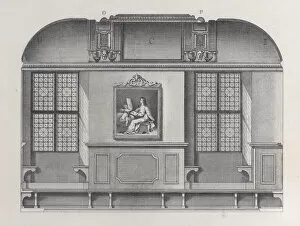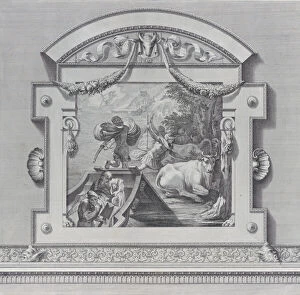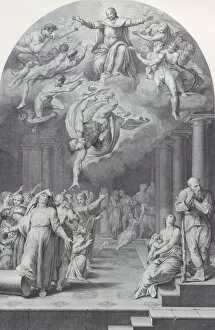Giampietro Collection
Giampietro, a name that resonates with the beauty of Roman architecture and the artistry of Bartolomeo Crivellari and Gabriel Soderling
All Professionally Made to Order for Quick Shipping
Giampietro, a name that resonates with the beauty of Roman architecture and the artistry of Bartolomeo Crivellari and Gabriel Soderling. In Plate 6, we witness Ulysses' bravery as he drives a burning stake into Polyphemus' eye, capturing the intensity of this epic tale. The cross-section of the Hall of the Institute of Bologna in Plate 1 showcases Giampietro's meticulous attention to detail against an architectural backdrop. Plate 7 reveals Polyphemus, blinded yet fiercely guarding his cavern entrance, symbolizing strength even in vulnerability. Ulysses finds refuge in Phoeacia's king and queen after his shipwreck, beautifully depicted in Plate 27 by Crivellari and Soderling. The Hall of the Institute is further explored in Plate 2, allowing us to marvel at Giampietro's ability to bring structures to life through intricate illustrations. Ulysses' daring escape on a raft aided by Leucothea is captured flawlessly in Plate 26. Intrigue fills our senses as we witness Ulysses' companions stealing Apollo's sacred oxen in Plate 24 – an act both audacious and consequential. Plates 22, 18, and17 present us with enigmatic nude figures wearing veils; their allure captivates our imagination while leaving room for interpretation. Finally, Plates19and18 offer glimpses into moments frozen in time – a figure seen from behind with left hand raised evokes curiosity about what lies ahead. As we explore these captivating works by Giampietro against stunning architectural backgrounds, we are transported into a world where mythology intertwines with artistic brilliance.























